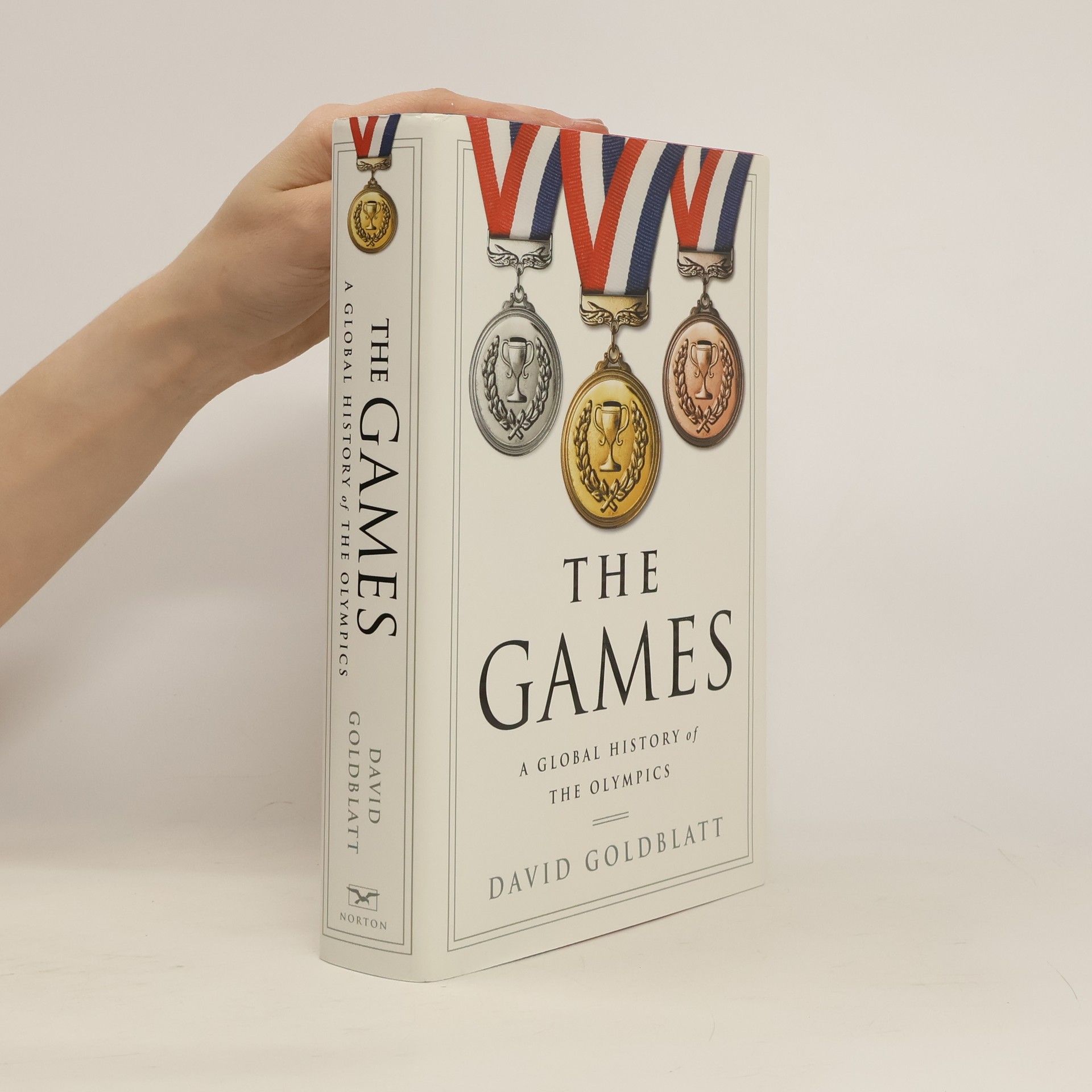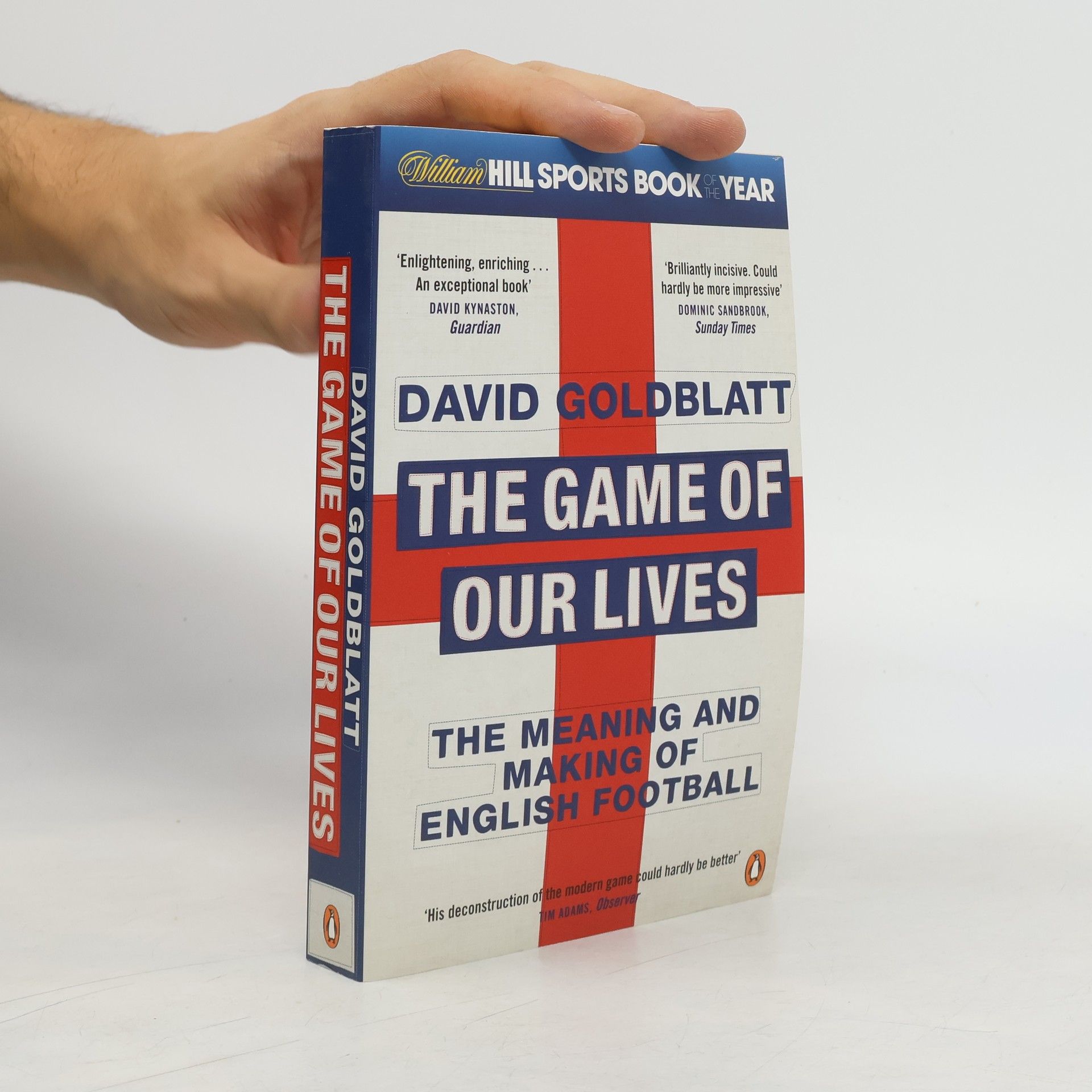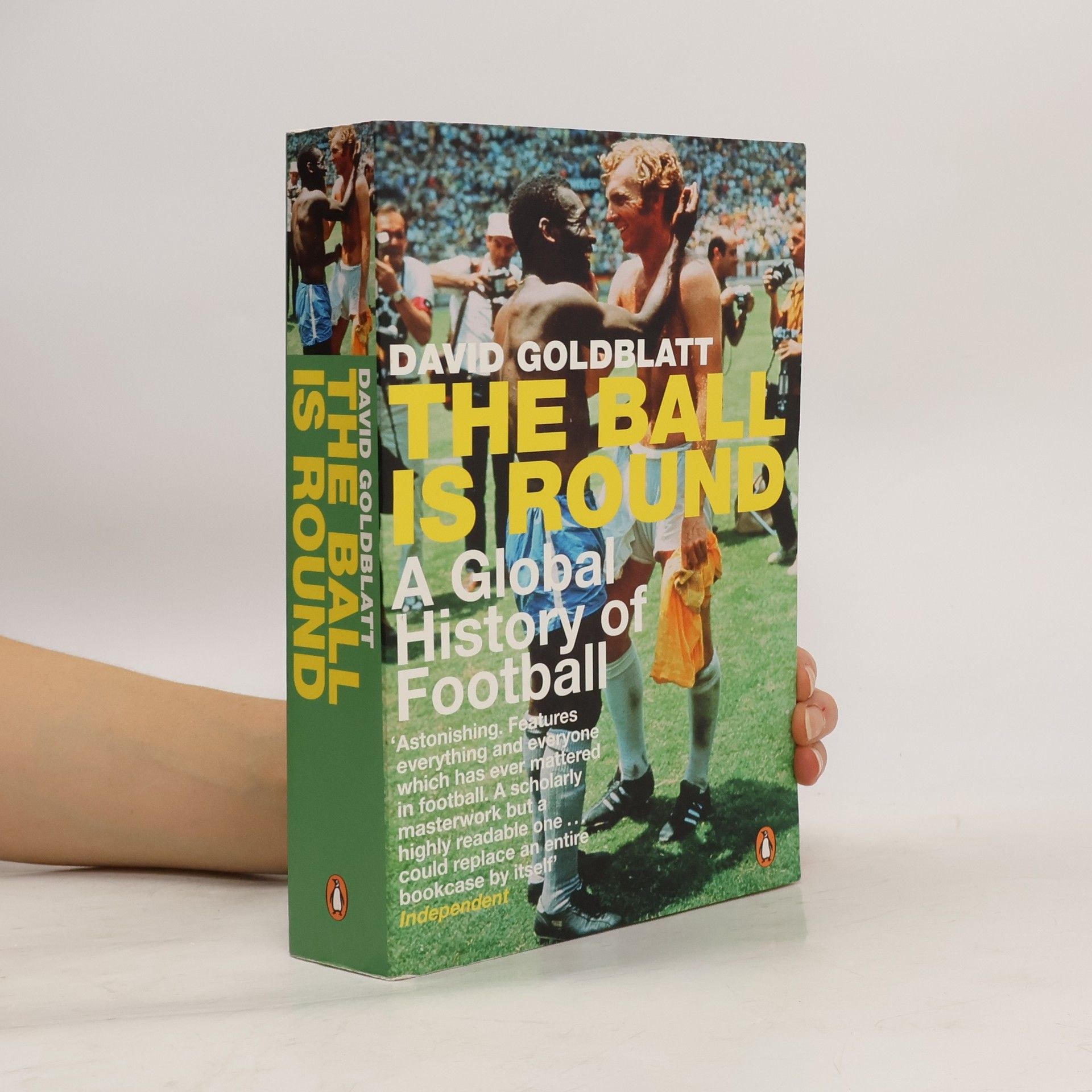Aims to provide a definitive history of global football.
David Goldblatt Livres






The critically acclaimed global story of football in the twenty-first century.
A profoundly moving book that combines the superb writings fo Gordimer and the stark, powerful photogrpahs fo Goldblatt to show us, in the details of individual lives, the great human damage wrought by apartheid. Black-and-white photographs.----------This work is another contribution to the growing pictorial record of apartheid in South Africa, and like some earlier series of black-and-white photographs it is haunted with pathos and irony. Like the pictures from Peter Magubane's Magubane's South Africa ( LJ 5/15/78), Goldblatt's images span 35 years and qualify as works of art in their own right. Complementing the harsh reality represented by the photographs are excerpts from the writings of South African novelist Gordimer, which in their way are as telling as the scholarly pieces that accompany South Africa, the Cordoned Heart , edited by Omar Badsha ( LJ 5/15/86), a work to which Goldblatt also contributed. Despite the photographic essays already available, libraries may still find this handsome book worth acquiring. Paul H. Thomas, Hoover Inst. Lib., Stanford, Cal.Copyright 1986 Reed Business Information, Inc.
The Game of Our Lives
- 374pages
- 14 heures de lecture
WINNER of the William Hill Sports Book of the Year Award 2015 In the last two decades football in Britain has made the transition from a peripheral dying sport to the very centre of our popular culture, from an economic basket-case to a booming entertainment industry. What does it mean when football becomes so central to our private and political lives? Has it enriched us or impoverished us? In this sparkling book David Goldblatt argues that no social phenomenon tracks the momentous economic, social and political changes of the post-Thatcherite era in a more illuminating manner than football, and no cultural practice sheds more light on the aspirations and attitudes of our long boom and now calamitous bust. A must-read for the thinking football fan, The Game of Our Lives will appeal to readers of Fever Pitch by Nick Hornby and Inverting the Pyramid by Jonathan Wilson. It will also be relished by readers of British social history such as Austerity Britain by David Kynaston. 'Brilliantly incisive. Goldblatt is not merely the best football historian writing today, he is possibly the best there has ever been. Goldblatt's book could hardly be more impressive' Sunday Times
The Games: A Global History of the Olympics
- 528pages
- 19 heures de lecture
Exploring the evolution of the Summer and Winter Games, this book delves into their transformation into a global phenomenon. It examines the interplay between these events and significant world occurrences, shedding light on their cultural impact and the reasons behind their immense popularity. Through this lens, readers will gain insight into the historical significance and emotional connections that make the Games a cherished experience for millions worldwide.
Ex offenders at the scene of crime
South Africa and England, 2008–2016
The origins of this book lie in David Goldblatt's simple observation that many of his fellow South Africans, regardless of their race and class, are the victims of often violent crime. "I have asked myself," says Goldblatt, "not least in the fear and fury of holdups with knives and guns, who are you? Are you monsters? Are you 'ordinary' people--if there are such? How did you come to do this? What are your lives?" And so began in 2008 Ex Offenders at the Scene of Crime, for which Goldblatt photographed criminal offenders and alleged offenders at the place that was probably life-changing for them and their victims: the scene of the crime or arrest. Each portrait is accompanied by the subject's written story in his or her own words, for many a cathartic experience and the first opportunity to recount events without being judged. To ensure the integrity of his undertaking, Goldblatt paid each of his subjects 800 rand for permission to photograph and interview them, and any profit from the project will be donated to the rehabilitation of offenders. Ex Offenders also features Goldblatt's portraits and interviews of black subjects in West Bromwich, England, made in collaboration with the community arts project Multistory
"In Boksburg was published in 1982 as one of the earlier photobooks made in South Africa. David Goldblatt, himself from a white background and a critical observer of the dynamics inherent in the racist set-up of his native country, had become interested in capturing the "wholly uneventful flow of commonplace, orderly life" of the white population around him. Boksburg, a legally white-only town on the eastern periphery of Johannesburg which was heavily dependent on black labor, seemed to fit best his purposes, and between 1979 and 1980 he recorded everyday scenes in the streets, shops, clubs, churches, the municipality, homes, gardens and cemetery, choosing a fly-on-the-wall approach. Despite its nuanced complexity, the essay was rejected by Optima magazine which had commissioned it. Several photographs have been added to this Steidl edition, and it contains a new essay by Sean O'Toole, providing keen insight into the history of the book and the story behind the photographs and their subjects."--Publisher
Kniha o futbale
- 400pages
- 14 heures de lecture
Povinné čítanie pre každého futbalového fanúšika" encyklopédii nájde prehľadný súhrn histórie futbalu. Dozvie sa o pravidlách, taktike a technike tejto najobľúbenejšej hry. Nájde tu všetko, čo potrebuje vedieť o kluboch, fanúšikoch, rituáloch, štatistikách a výsledkoch.
Kniha fotbalu. Ligy, týmy, taktiky, pravidla
- 400pages
- 14 heures de lecture
Pravidla nejpopulárnějšího sportu na světě, přehled slavných stadionů, klubů a soutěží v obrazové publikaci.

